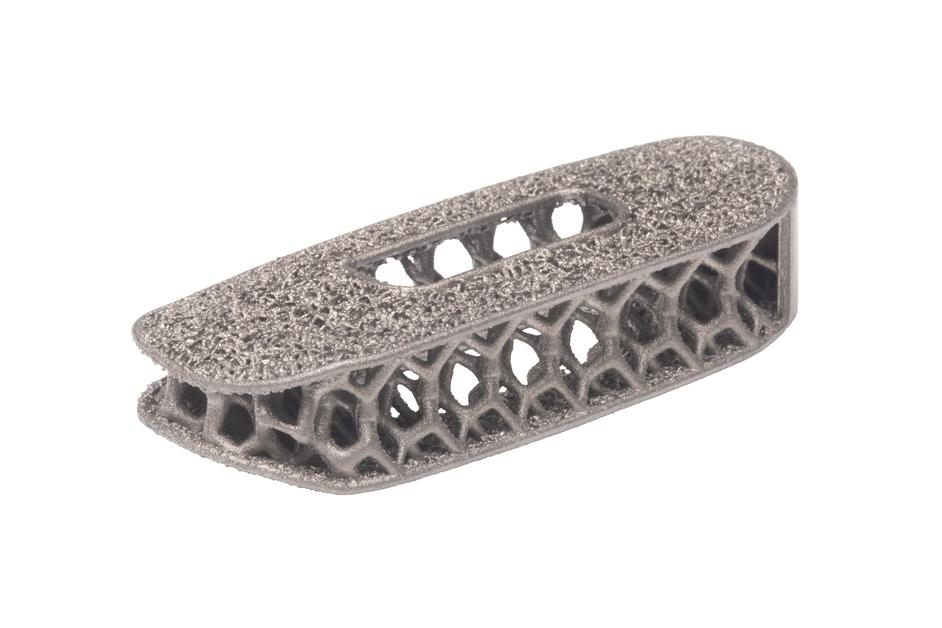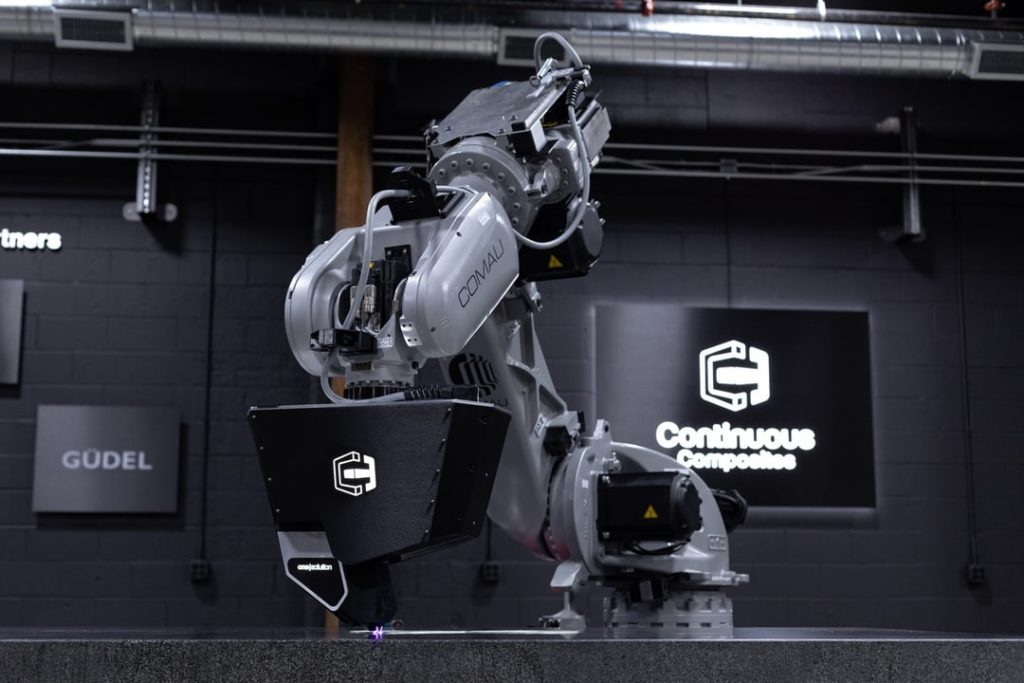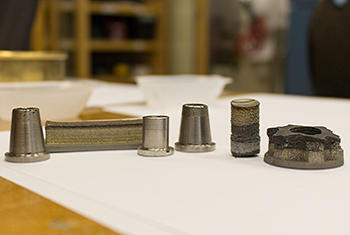I’ve mentioned this before in passing, but I think that the point is important enough to devote an entire post to it. With 3D printing, we can control, to a certain extent, some crystallization behavior in some polymers and some microstructures in some metal processes. We can also make lattices and other structures that can change the modulus of a component.
We can change the “infill” of an item by depositing different amounts of material at different locations. We can modify other properties by modifying “infill” shapes so that they absorb energy, add strength, change compressive strength or alter how the part behaves overall or at different areas. We can alter infill to alter stiffness, as well.
We can coat a part, using directed energy deposition (DED) or cladding, to change its surface, its hardness, and its durability. We can make gradient parts using DED, Aerosint, or other processes to change properties at a specific location of the component. We can use multiple materials in one area (with material extrusion or DED) or print the same material at different densities (PolyJet) to change properties, very locally, as well.

We can produce different structures inside a part and vary their distribution, location, and shape internally to modify the performance of the part. It’s possible 3D print a varied pattern of different shapes within an item to change how it performs. We can 3D print sandwiches of different materials on top of each other. We can modify surface textures to influence features like wicking properties, roughness, adhesion, aerodynamics, and more. We can alter internal textures to change how fast fluids or gasses flow through a part in what form.

We can combine parts in order to make a tube also function as a heatsink. We could modify fiber orientation, density, and fiber length throughout parts to alter part performance. We can incorporate additives into materials to change its performance. With a twin-screw, we could even mix in different glass bubbles, glass fiber, carbon fiber or other matter for different areas of a part—although this is not really performed yet. We can modify tool paths, which will modify how parts adhere, fail, and are built up. We can leave air pockets in components to alter performance, which can result in variable-density parts. We can anneal parts to change behavior and properties.

All in all, 3D printing gives us a lot of leeway to alter local conditions while making a particular geometry at a particular time and location. The freedom that we get through this happy condition means that, effectively, we can produce a completely novel material for each and every single part.
So, yes, we can mass customize your shoe sole to be exactly your size, while mine could be my size. But, what we could also do is to have a completely different set of structures, materials, and ways of combining them that create the perfect geometry just for you. So, your shoe sole could contain a lot of thick lattice structures because those are optimal for the way that you walk, while my shoe has few lattices. Those that I do have might be hollow and accompanied by honeycomb structures. Maybe your shoe sole is printed with many layers, while mine has thick and thin layers intermingled. Maybe you have star-shaped TPU structures, which I don’t have at all.

At this stage, it would be very difficult to imagine the sum total of all of the possibilities. Even if we take a relatively simple part and keep to using one material and one process, the myriad things we can do with infill and structure alone are vast. It would be difficult now to be able to take in 3D scan, finite element analysis, and other data, and to then design the optimal structure in an automated way. For many components, the peculiar designs that would be needed wouldn’t be worth it because it would take a lot of expensive design time to make a nonstandard or unique item which may only have a marginal improvement over a standard design. But, if we want to optimize every single thing, an automated path towards an optimal design for each individual part is the logical end point of this development.

Multimaterial 3D printed designs.
If we can convert all of the data and intent into automated designs, then we could, in fact, make a different material for each and every unique part and application. So, you 3D print a novel design coupled with textures and structures for copper pipes that are vertical, and used for heat sinks for tubular heat exchangers for cooling batteries in warm countries for the left front wheel of a 2023 Toyota Prius. Or you’d have a material made just for your shape, foot, and walking mechanics for that one slipper for your left foot. By thinking not of one part but rather of making unique ‘materials’ for every single application or part, we can go a great deal further towards making things that are truly optimal.
Subscribe to Our Email Newsletter
Stay up-to-date on all the latest news from the 3D printing industry and receive information and offers from third party vendors.
You May Also Like
3D Printing Unpeeled: New Arkema Material for HP, Saddle and Macro MEMS
A new Arkema material for MJF is said to reduce costs per part by up to 25% and have an 85% reusability ratio. HP 3D HR PA 12 S has been...
3D Printing News Briefs, January 20, 2024: FDM, LPBF, Underwater 3D Printer, Racing, & More
We’re starting off with a process certification in today’s 3D Printing News Briefs, and then moving on to research about solute trapping, laser powder bed fusion, and then moving on...
3D Printing Webinar and Event Roundup: December 3, 2023
We’ve got plenty of events and webinars coming up for you this week! Quickparts is having a Manufacturing Roadshow, America Makes is holding a Member Town Hall, Stratafest makes two...
Formnext 2023 Day Three: Slam Dunk
I’m high—high on trade show. I’ve met numerous new faces and reconnected with old friends, creating an absolutely wonderful atmosphere. The excitement is palpable over several emerging developments. The high...































